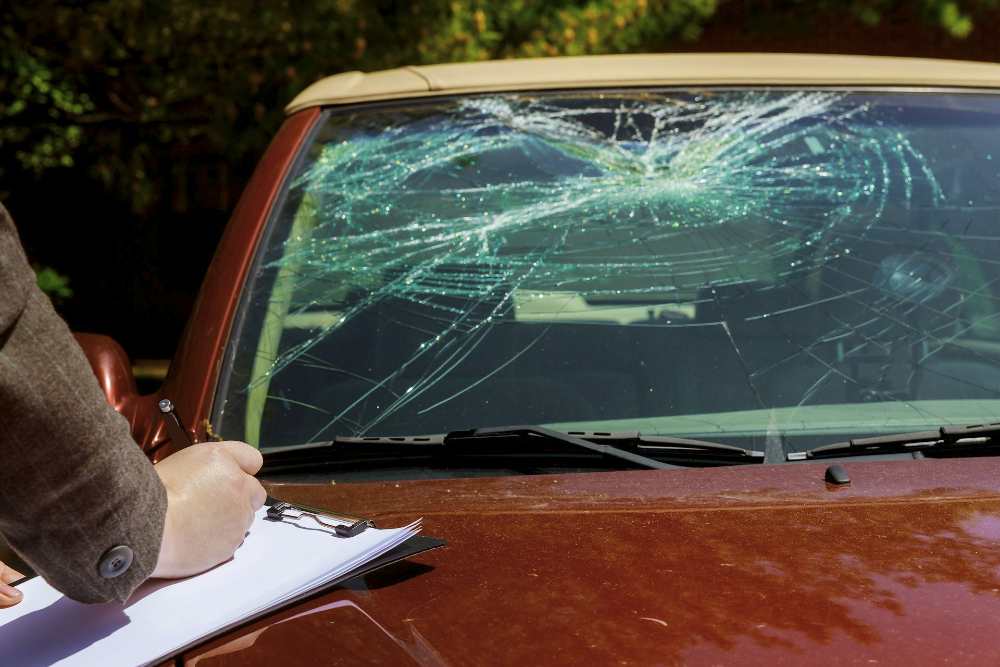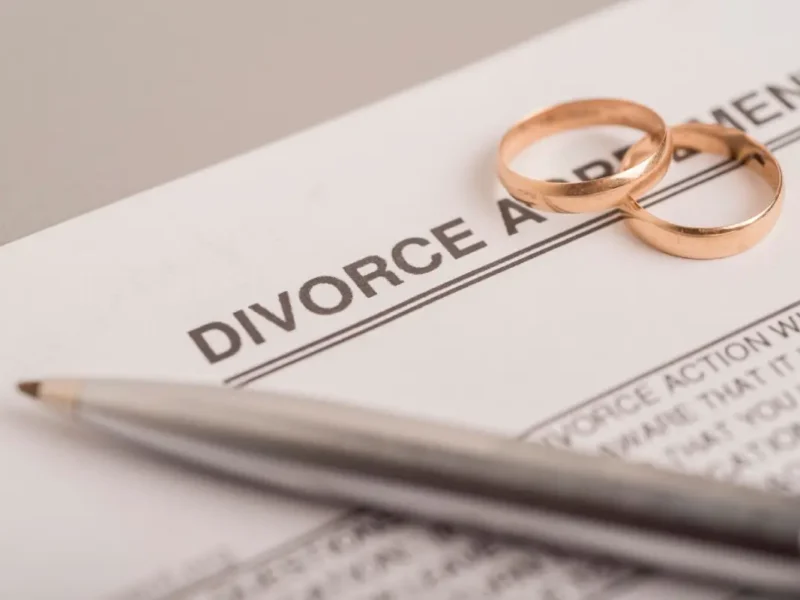Multi-vehicle accidents, often referred to as chain-reaction crashes or pile-ups, involve three or more vehicles and can be chaotic and complex.
Determining liability in such incidents is much more complicated than in standard two-car collisions. However, establishing who is at fault is crucial for securing compensation and settling claims. Here’s a detailed guide on how to prove liability in a multi-vehicle accident.
Contents
How Do Multi-Vehicle Accidents Occur?
Multi-vehicle accidents can occur in various scenarios, such as during heavy traffic, adverse weather conditions, or sudden stops on highways. These incidents can lead to severe injuries and significant property damage, making the process of proving liability even more critical.
Typically, a chain-reaction crash starts when one vehicle collides with another, causing subsequent collisions. Determining the initial cause and subsequent reactions can be challenging, requiring thorough investigation and evidence.
Steps to Prove Liability in Multi-Vehicle Accident
According to the Las Vegas injury attorneys at Harris & Harris Injury Law, you must do the following to prove liability in a multi-vehicle accident:
- Take Photos and Videos: Capture images of all vehicles involved, their positions, road conditions, traffic signals, and any visible damages.
- Witness Statements: Speak to witnesses and collect their contact information. Eyewitnesses can provide an objective perspective on how the accident unfolded.
- Police Report: Always call the police to the scene. The police report will contain vital details and an initial assessment of fault, which can be critical in proving liability.
- Medical Records: Seek medical attention and keep detailed records of any injuries you sustain, as injuries can sometimes aid in establishing the mechanics of the collision.
- Insurance Information: Exchange insurance information with all drivers involved. This will be necessary for filing claims.
- Repair Estimates: Get estimates for vehicle repairs, as the pattern of damage can help reconstruct the accident.
Accident Reconstruction
Accident reconstruction experts can be invaluable in multi-vehicle accidents. These professionals use evidence, such as vehicle damage, skid marks, and computer simulations, to recreate the accident scene and determine the sequence of events.
Additional data, such as vehicle black box information (Event Data Recorders), can provide insights into vehicle speeds, braking patterns, and steering angles at the time of the collision.
Multiple Perspectives
In multi-vehicle accidents, each driver involved will have their version of events. Conflicting accounts can complicate the determination of liability.
Insurance Companies
Insurance companies may attempt to deflect blame to minimize payouts. Having a lawyer can help counter such tactics and ensure a fair assessment of fault.
Unforeseen Factors
Factors such as weather conditions, mechanical failures, and road design can also play a role in multi-vehicle accidents. These variables must be considered in the investigation process.
Proving liability in a multi-vehicle accident is a multifaceted process that requires meticulous evidence collection, expert analysis, and legal knowledge. From gathering initial evidence at the scene to consulting with accident reconstruction experts and legal professionals, each step is crucial for establishing fault and securing rightful compensation.
Understanding the complexities involved and staying proactive can significantly impact the outcome of your case. By following these guidelines, you will be better equipped to navigate the aftermath of a multi-vehicle accident and prove liability effectively.



